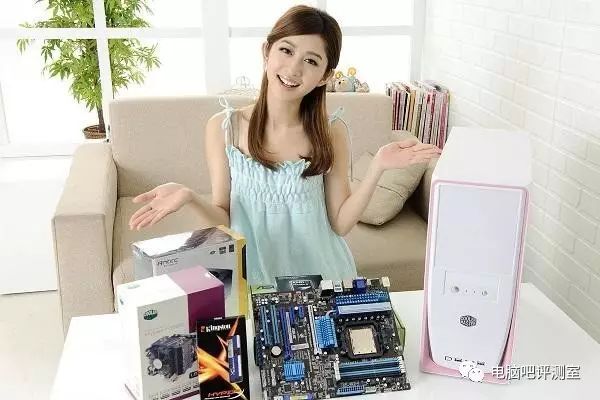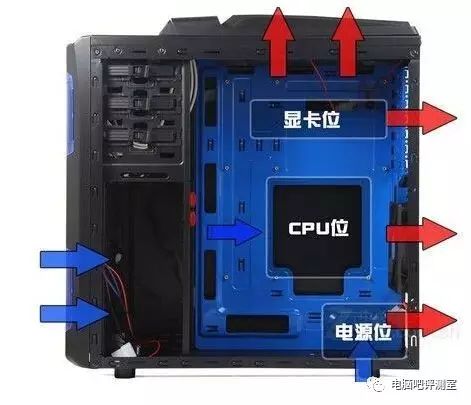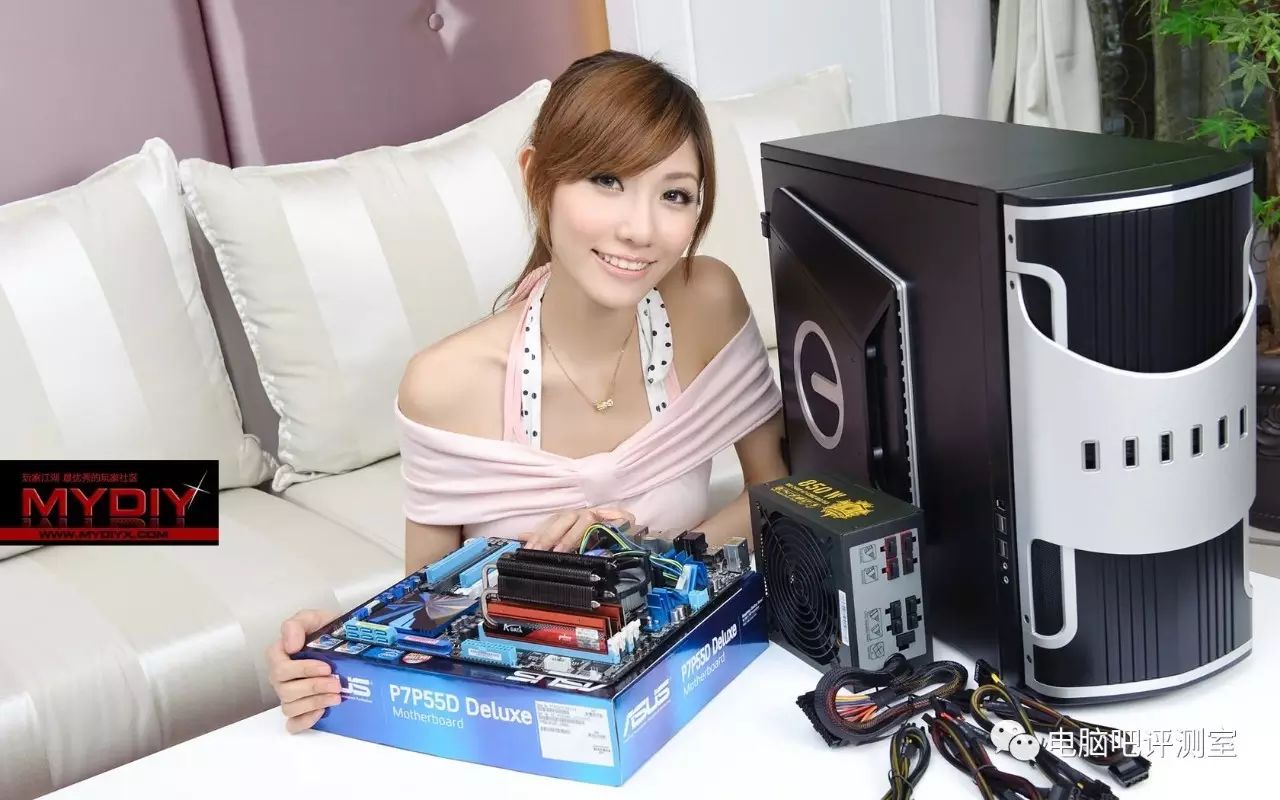After recommending a computer for over a month, everyone should understand that computer DIY should depend on your budget (the most crucial factor), needs, requirements, and priorities. It’s about building a custom PC that suits you, not just chasing after the so-called specifications, as not everyone needs maximum performance!
Today, I will summarize some essential knowledge for computer DIY. For those who are recently building a computer, you can refer to this message and think about what type of computer you need. In short, different needs and budget priorities lead to different computers being built.

Through observation, I found that new players in the computer hardware field continuously learn, practice, explore, and summarize their experiences. Generally, they tend to develop in a few major directions:
1. Rich Players: Always feel that their configuration is insufficient, hardware updates quickly, high specifications, and have an extreme desire for computer performance.
2. Cost-Performance Players: These players are extremely sensitive to numbers, concerned about performance while also caring about price, often evolving into heavy bargain hunters.
3. Comfort-Enough Players: These players prioritize practicality while placing more importance on hardware quality and overall user experience.
Today, I will discuss a question that I am particularly concerned about: the noise issue of the host.
Generally, the main sources of noise in a computer host are as follows:
1. CPU Cooler
2. Hard Disk Drive
3. Graphics Card Fan
4. Motherboard and Graphics Card Power Supply Whistle Issues
5. Case and Power Supply Fan Noise
6. Hardware Friction and Resonance Noise.
Next, we will analyze and control each of these sources.

CPU Cooler Noise:
1. Clean dust and replace thermal paste, optimize case airflow;
2. Replace broken fans and coolers;
3. Adjust fan speed reasonably while keeping the processor’s heat under control;
4. Upgrade the CPU cooling specifications or even use a multi-radiator integrated/separate water cooling system.
Hard Disk Drive Noise:
1. Abandon hard drives and use all solid-state drives.
2. In a solid-state + mechanical combination, the mechanical storage drive does not need to pursue too high RPM.
3. If the computer frequently makes clicking sounds, check for bad sectors, isolate hidden bad sectors, or replace the hard drive.
Graphics Card Fan Noise:
1. Clean dust and replace thermal paste, optimize case airflow.
2. When purchasing a graphics card, pay attention to whether the cooling specifications are sufficient and read reviews and user feedback.
3. Low-load stop technology is great! It reduces noise and increases lifespan, you deserve it.
4. Use it reasonably, default frequencies are fine, and high-performance graphics cards can enable vertical sync during games to reduce load and power consumption while also lowering noise.
5. Rich users can also replace the graphics card cooler with a full-cover water block from a separate water cooling system.

Motherboard and Power Supply Whistle Issues:
1. When selecting components, try to buy reputable brands’ reliable models and avoid poorly made hardware.
2. Conduct multiple checks and tests to address issues. Some may be caused by a specific hardware (like the graphics card), while others may be caused by other hardware affecting this hardware (like power supply ripple causing display whistling).
3. Report and address issues promptly, after-sales service is very important.

Case and Power Supply Fan Noise:
1. Under reasonable case airflow and light pollution, control fan speed and quantity, choose silent fans to avoid excessive noise.
2. Regularly clean dust and replace problematic fans.
Hardware Friction and Resonance:
1. Keep cable management simple and secure to avoid noise from moving cables.
2. When selecting a case, choose one that is thick and well-constructed; the design of the case is also very important.
3. Ensure hardware is securely fixed; if the graphics card is too long, consider adding a support bracket. Address any issues promptly.
Lastly, regarding peripherals:
The sound of mechanical keyboards must also be considered, especially the popular clicky blue switches!
Lastly, I want to remind everyone that there are many scams outside, and for an ordinary family to set up a computer, it typically costs several thousand. Many people often focus only on price for cheap options, neglecting after-sales service, which is a very unwise choice. We build new computers to ensure they are reliable and comfortable to use, which is why I always recommend purchasing from JD.com (except for CPUs that rarely fail, other hardware can generally be bought from JD.com).

This concludes today’s basic knowledge. Tomorrow, I will continue to recommend a DIY host, which will be an absolutely silent fanless host. See you tomorrow!